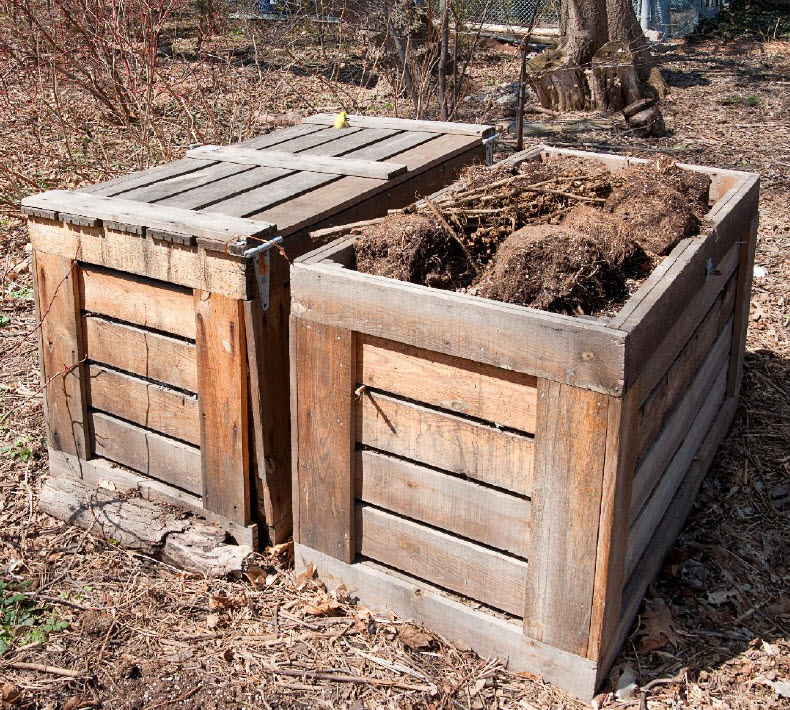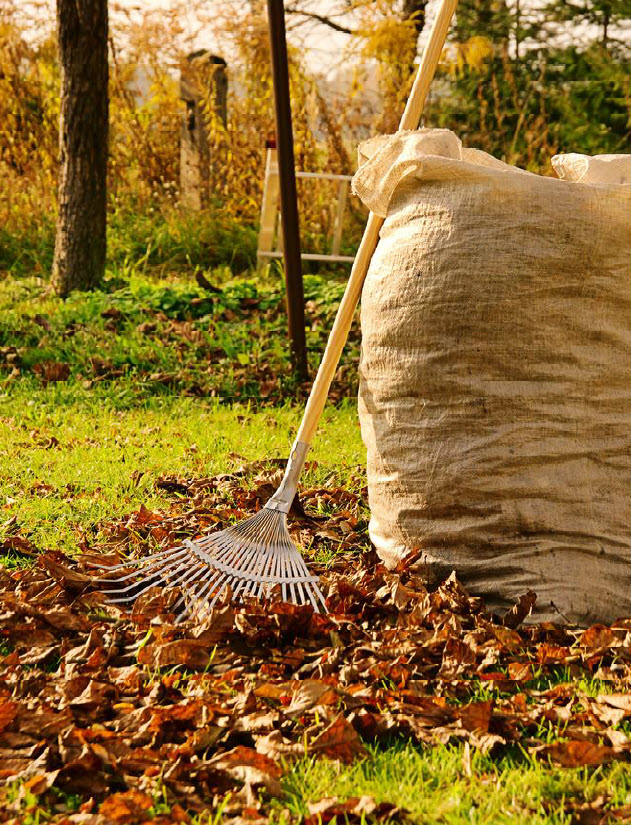Green versus Brown


Composters classify ingredients in two groups: green and brown. Whether a material is considered as green or brown depends, not on its color, but on its nutrient content. Green materials such as fresh grass clippings and weeds and most kitchen waste contain higher amounts of nitrogen. They decompose quickly and at higher temperatures. Brown materials contain higher levels of carbon, providing nutrients and bulk as well as slower and cooler decomposition rates.
Greens and browns can be composted separately. For instance, leaf mold is produced from a major brown resource – fall leaves. But composting browns alone slows decomposition and reduces composting temperatures. Using a mulching mower to recycle grass clippings back to the soil is an example of composting a green. However, a compost pile of only greens can generate high temperatures and noxious odors. Balancing green and brown materials controls the heat and speed of decomposition, minimizes odors, and produces nutrient-rich finished compost.
Most guidelines recommend mixing two parts of brown material to one part green material. Start the pile with a layer of browns and then continue construction by alternating layers of these materials at a ratio of 2:1. Instead of layering, the ingredients can be pre-mixed at the appropriate ratio as they are added to the pile. This technique delays the need to turn the pile to mix ingredients. In addition to providing carbon, brown materials provide volume and spaces for air. Bulky browns keep the ingredients from packing. The resulting air spaces sustain beneficial aerobic bacteria essential for decomposition. Air spaces from browns also lighten the mix and make the pile easier to turn.
Nitrogen-rich (green) and carbon-rich (brown) resources tend to be more plentiful in different seasons. For instance, abundant leaves raked from landscape trees or collected from neighbors provide large quantities of brown material in the fall. Throughout the spring and summer, plenty of fresh grass clippings (green) can feed and heat the pile. Composting will continue despite seasonal variations in the amount of carbon and nitrogen materials. However, seasonally supplementing with non-meat kitchen scraps for nitrogen and roughly shredded paper or cardboard to boost carbon can keep the process active.
| Green – High Nitrogen | Brown – High Carbon | Very Brown – Highest Carbon |
|---|---|---|
| Kitchen scraps | Dry leaves | Paper (roughly shredded) |
| Grass clippings Green weeds (no seeds) Coffee grounds |
Dry straw or hay (no seeds) Shrub prunings Dead plants (not diseased) |
Paper egg cartons Sawdust Wood chips |
Refer to the table above of green and brown compost ingredients for suggested nitrogen-rich and carbon-rich materials. The category “Very Brown” indicates materials that contain very high levels of carbon. They are fibrous and when added in small amounts, they help the pile retain oxygen.
While assembling the pile, water each layer until it is moist. Water will flow freely through a good mix of greens and browns. If there is inadequate rainfall, continue watering only enough to keep the material damp. If the pile has too much nitrogen material and it kept wet, it can generate too much ammonia – adjust by adding more browns and remixing.
There is a misconception that hot sunlight is required for composting. The heat in compost comes only indirectly from sunlight. Plants in the pile originally captured solar energy during photosynthesis and stored it in their roots stems and leaves. That energy is then released as heat energy during decomposition. The temperature of decomposing material is primarily regulated by the size of the pile and its contents. Remember, a hot pile comes from “hot” materials (greens) and adequate oxygen. A shady location is more comfortable for people during hot weather, and locating a pile in at least partial shade reduces supplemental watering during drought periods.
Turning the pile remixes ingredients as decomposition progresses and can reduce odor caused by anaerobic bacteria. Contrary to popular belief, turning the pile does not directly add enough oxygen to affect the process, because the oxygen added by turning is quickly consumed by active bacteria. Instead, adequate oxygen levels are maintained by a loose pile structure with plenty of air spaces.